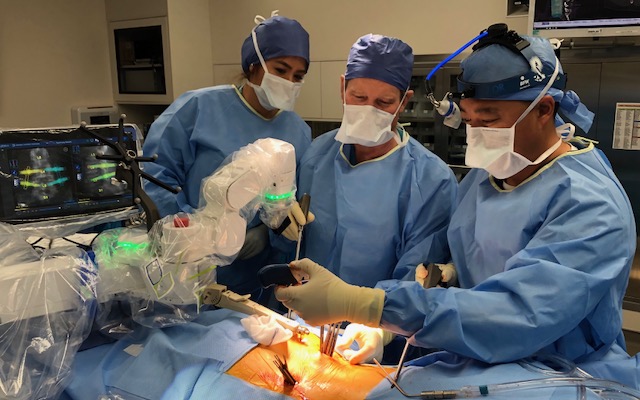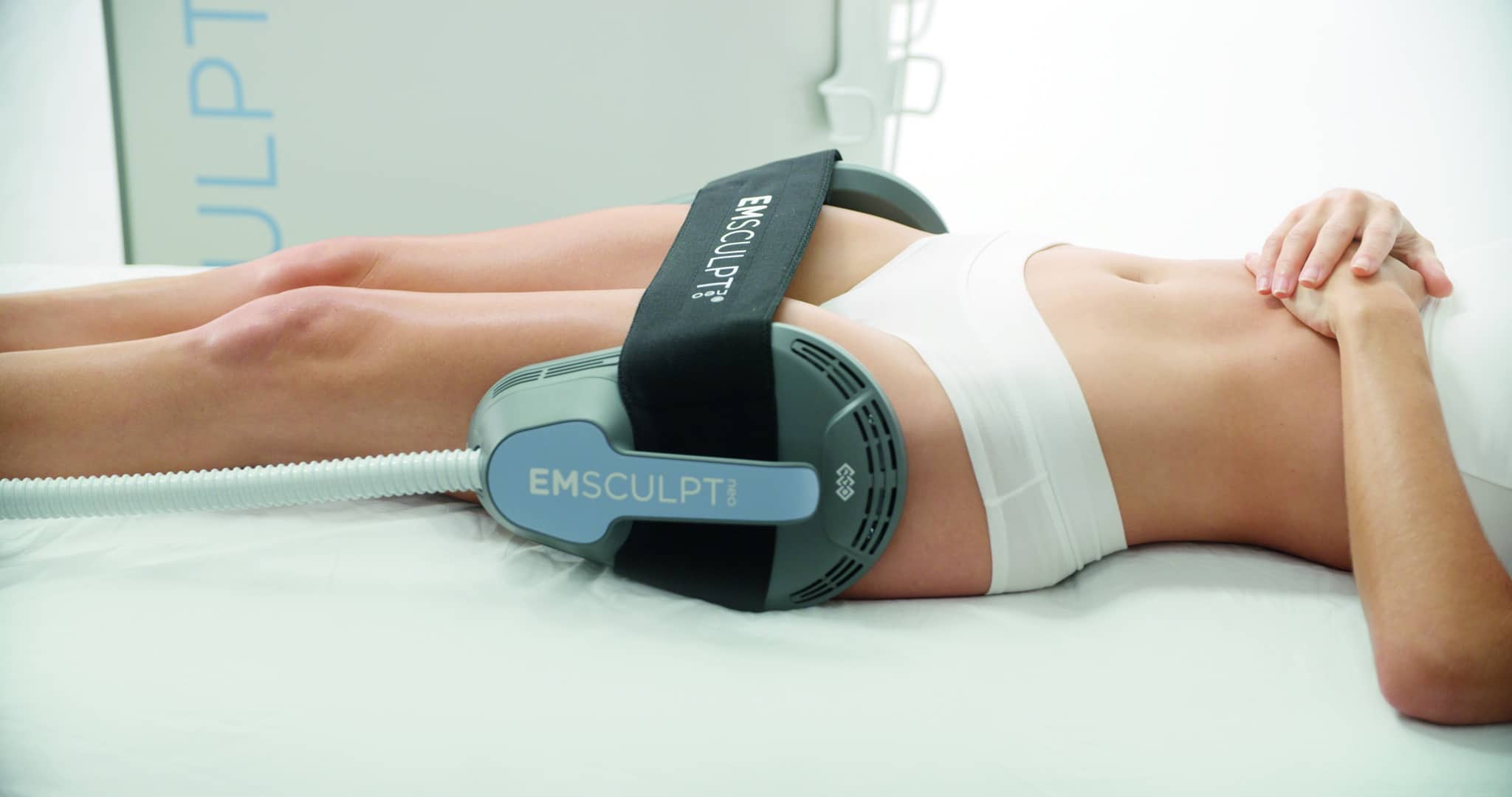Robotic spine surgery is one of several approaches being used to enhance precision, reduce invasiveness and support recovery in spinal care. Surgeons who operate these systems are highly trained and complete additional preparation to develop proficiency with the technology. Dr. Larry Davidson, a recognized leader in minimally invasive spine surgery, has demonstrated how robotic systems can be incorporated into the treatment of complex spinal conditions, emphasizing their role in supporting surgical planning and patient recovery.
The path to becoming a robotic spine surgeon involves years of rigorous training, credentialing and ongoing professional development. Surgeons must demonstrate mastery of both traditional spinal surgery techniques and robotic-assisted procedures to offer their patients the best care. Ongoing learning is crucial as robotic systems evolve, and mastering the balance between technical skill and clinical expertise becomes increasingly important.
The Path to Expertise in Robotic Spine Surgery
Becoming a robotic spine surgeon begins with completing medical school, followed by a residency in either orthopedic surgery or neurosurgery. During residency, surgeons gain experience with a wide range of spinal conditions and treatments, building a foundation for future specialization. Training includes both traditional surgical approaches and minimally invasive techniques, preparing surgeons for the complex nature of spinal procedures.
After residency, surgeons who want to incorporate robotic systems into their practice typically complete a specialized fellowship in advanced spinal surgery. These programs offer hands-on experience with complex conditions, such as degenerative diseases, deformities and trauma. Fellowship training also introduces robotic-assisted techniques, allowing surgeons to develop the skills needed to integrate technology into surgical planning and execution. This stage helps prepare them to manage the added precision and coordination these procedures require.
Credentialing and Certification: Demonstrating Competency in Robotic Surgery
Credentialing plays an important role in confirming that a surgeon is prepared to perform robotic spine surgery. Surgeons seeking to specialize in this area often complete certification programs that go beyond traditional spine surgery training. These programs provide detailed instruction on using robotic systems, including advanced features such as real-time imaging, navigation and trajectory planning.
Board certification from organizations such as the American Board of Orthopedic Surgery or the American Board of Neurological Surgery is typically required for surgeons who perform robotic spine surgeries. This process confirms that the surgeon has completed the necessary training and has demonstrated competency in performing these procedures safely. Credentialing helps patients receive care from qualified professionals who are experienced in the use of robotic-assisted techniques.
The Role of Continuous Education and Hands-on Experience
As technology evolves, robotic spine surgeons maintain their skills by staying current with new systems and techniques. Ongoing education helps surgeons remain proficient with updated robotic tools and supports their ability to provide effective care. Many participate in workshops, seminars and conferences to learn about developments in robotic surgery, and to practice with the latest equipment.
Practical training is also an important part of maintaining expertise. Surgeons often work in simulated environments to refine their technique before using new systems in the operating room. This hands-on preparation allows them to become familiar with the technology and increase their comfort level before performing procedures on patients. Continuous learning, combined with practical experience, supports a surgeon’s ability to integrate new technologies into their practice.
What Sets an Elite Robotic Spine Surgeon Apart?
Elite robotic spine surgeons distinguish themselves through a combination of technical expertise and a thorough understanding of spinal anatomy. While robotic systems can enhance precision, it is the surgeon’s skill in applying the technology that plays a central role in achieving a successful outcome. Dr. Larry Davidson notes that robotic surgery is a tool, not a replacement for the surgeon’s judgment. An experienced surgeon knows how to integrate robotic systems with their knowledge of spinal conditions to deliver effective care.
Years of experience can help surgeons manage complex cases more effectively. Those who have refined their skills over time may have developed an intuitive sense for when and how to adjust robotic settings to meet the needs of a specific patient. This experience also helps them anticipate and address potential challenges during surgery.
Strong communication skills are another key attribute. Robotic spine surgery often involves coordination across the surgical team, and clear communication supports smooth execution in the operating room. Equally important is the ability to explain the procedure to patients, helping them understand what to expect during recovery and how the surgery fits into their overall treatment plan.
The Importance of Collaboration in Robotic Spine Surgery
Robotic systems are changing how some spinal conditions are treated, offering surgeons tools that can support more precise and less invasive approaches. The success of these procedures depends on how effectively the surgeon uses the technology, in combination with their clinical judgment and surgical expertise. Surgeons who perform robotic spine surgery often complete extensive training, certification and hands-on experience to develop the skills needed for these complex procedures.
In addition to technical proficiency, leading surgeons remain committed to continuous education and effective teamwork. By combining experience, skill and collaboration, they work to make robotic spine surgery a safe and effective treatment option. As technology continues to advance, the role of the surgeon will remain central to achieving results that align with patient goals and long-term spinal health.
The Role of Surgeons in Robotic Spine Surgery
The use of robotic systems in spine surgery is changing the way spinal conditions are treated, offering patients more precise and less invasive options. However, the true success of robotic surgery lies in the surgeon’s ability to use these systems effectively. Surgeons who specialize in robotic spine surgery have often completed extensive training, certification and hands-on experience to develop the expertise needed for these complex procedures. They bring a deep understanding of spinal anatomy, pathology and surgical techniques to each case.
Elite surgeons are not only technically proficient but also committed to continuous education and collaboration. This combination of experience, skill and ongoing learning is intended to help robotic spine surgery remain a safe and effective treatment option. As technology continues to advance, the expertise of surgeons will continue to play a central role in achieving results that align with patient goals and long-term spinal health.




